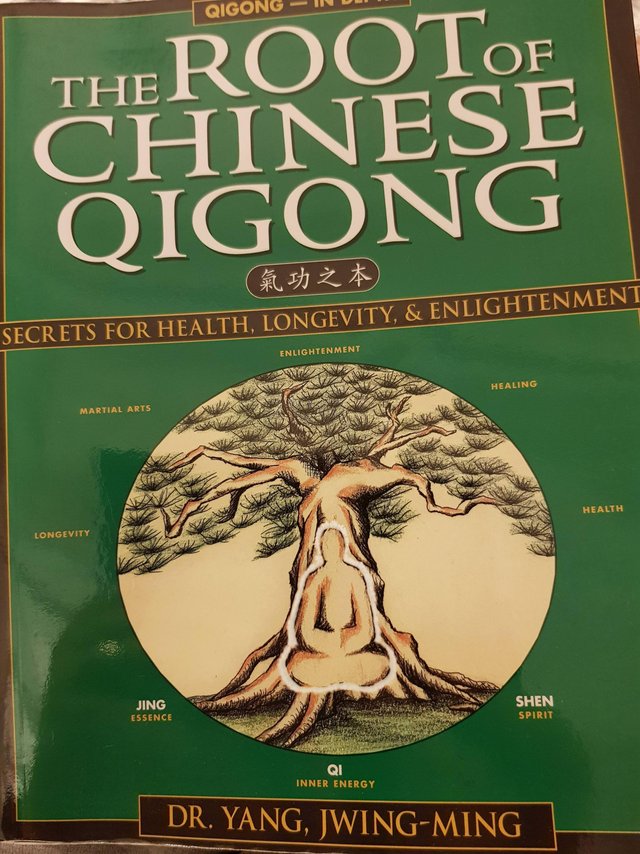Book Review: The Root of Chinese Qigong

Dr. Yang has once again done a fantastic job of taking all the key terms used in Chinese Qigong and demistifying it.
Like any art, it is the terminology in the beginning that can be overwhelming. Take music for example, you have crescendo, decrescendo, triplets, G cleff, etc. And the list goes on.
Qi Gong is no different, but it tends to keep the original Chinese words since at times there is no equivalent word in English.
It's like when I studied Buddhism. I probably know at least 20 or more Pali terms. For instance, what is the equivalent in English for Jana or Prajna?
It's very difficult to translate.
And the fact that Qigong is just as difficult, shows just what a fantastic job Dr. Yang has done in making it all simple.
So if you ever feel completely lost reading my posts, I highly recommend picking up this book and studying it.
Contents
Filled with the following history and definitions:
- Jing, Qi and Shen
- Yi (intent) and Xin (heart)
- Dan Tien
- Five Qi's
- Building Qi
- Kan and Li (fire and water)
- Regulation of breath
- Regulation of emotions
- Regulation of Jing (essence)
- Regulation of Qi
- Regulation of Shen (spirit)
- Practice
And in the Appendix you'll find the 12 Meridian pathways as well as the often hidden 8 pathways.
If you go over all my posts you would see that I have slowly been introducing you to these concepts. I'll continue to do so, as I want you mentally prepared (Tung) before you practice.
Up Voting
Hit the upvote button if you like this post, or this post has helped you in anyway. This not only helps me, but also helps more people to learn about Wing Chun Qi Gong.
Sincerely,
Sifu Jordan
(Don't Worry, Relax, Be Happy, Concentrate and Do Your Best)